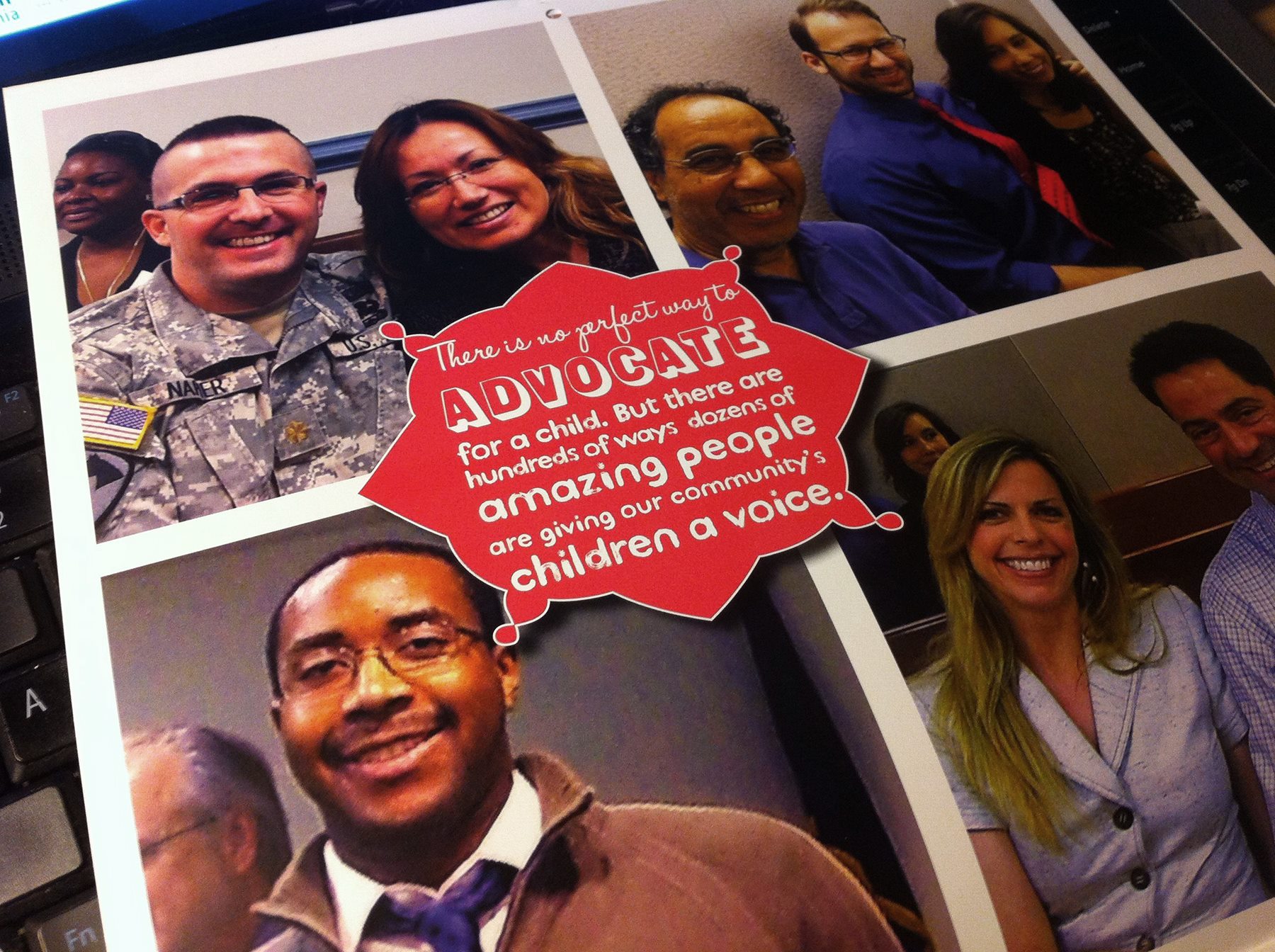May 17, 2013

“As a Nation, we have no task more important than ensuring our children grow up healthy and safe. It is a promise we owe to the hundreds of thousands of youth in foster care – boys and girls who too often go without the love, protection, and stability of a permanent family. This month, we recommit to giving them that critical support, and we recognize the foster parents and professionals who work every day to lift up the children in their care toward a bright, productive future.Thanks to those efforts, the number of young people in foster care is falling and fewer children are waiting for adoption. But even now, more than 400,000 kids are looking for permanency with caring parents.” – President Barack Obama’s Proclamation for National Foster Care Month
Here in Northern Virginia, we are also celebrating National Foster Care Month. It is a time to recognize all those who help support children in foster care (like SCAN’s CASA volunteers) and to acknowledge the progress we’ve made as a region, state and nation. But there are still far too many children without permanent homes.
Fewer Children in Foster Care
There were just over 5,000 children in foster care in Virginia as of April 2013 – an almost 40 percent reduction from April 2006. The story is similar in many Northern Virginia jurisdictions, with a 57 percent decrease in the number of kids in foster care in the City of Alexandria, a 44 percent decline in Arlington County, and a 32 percent decrease in Fairfax County. The numbers of children in foster care have been more stable in Prince William and Loudon Counties.
Why the Decline?
There are a variety of reasons that fewer children are now in foster care. Much of the change is likely to due to an increased child welfare focus on keeping as many children home as safely possible. Following the 2008 federal Fostering Connections Act and state changes, social workers are trying to keep children in their homes whenever possible, with extra supports for families to help keep children safe. There is also an increased focus on placing children with relatives (also known as kinship care) if their parents cannot care for them, instead of placing children with strangers in foster care. Changing demographics in our area – as the cost of living continues to increase – may also be responsible for the decline.
Still Work to Do
While fewer children in foster care is a positive step, there is still work to be done. First, we must ensure that children are receiving the services they need and that every child is in a safe home. We must also ensure that children in foster care return home as quickly and safely possible, after their parents have addressed the issues that brought them into care. Every child deserves a safe, permanent home and we must all work together to get there!
+++
May is National Foster Care Month, and we’re happy to bring you the first post of a two-part blog series on foster care. Today’s post was written by Lindsay Ferrer, CASA Case Coordinator, and the second post will be written by Adam Robe, CEO of Foster Care Alumni of America. Be sure to subscribe to our blog (enter your email address in the upper left-hand corner of this page and click “Subscribe via email!” button) to receive an email update when new posts are published.
